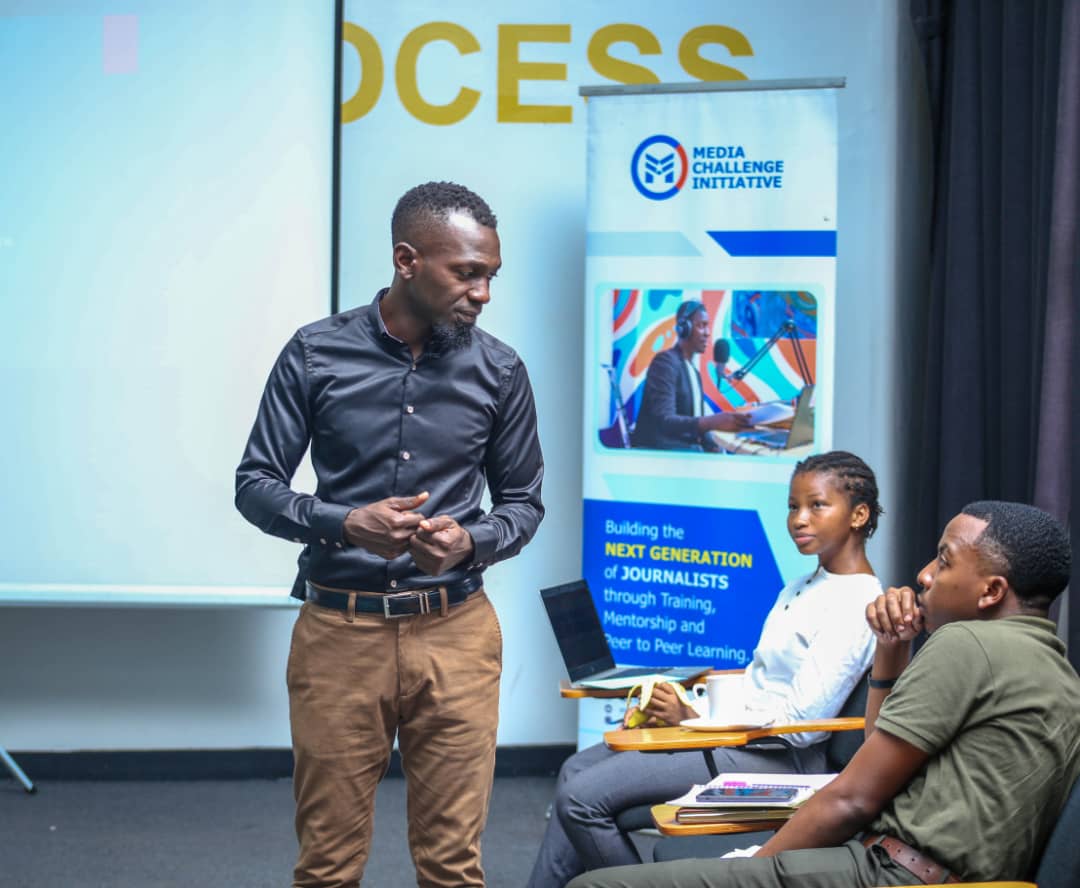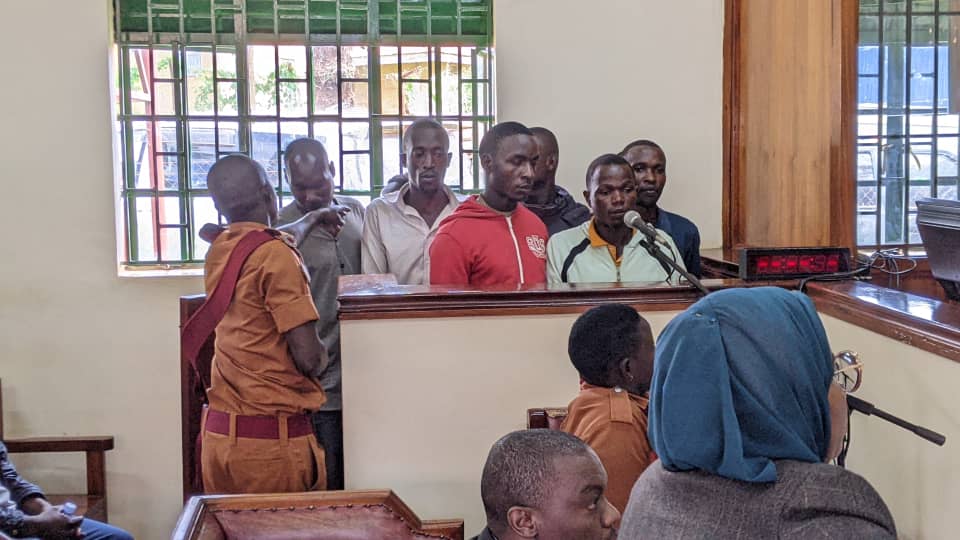Part 1: What do a musician, actor and teacher have in common?
SARA MERLO
Keep Reading
I’ve never heard of anyone worrying that musicians were being turned into robots because they performed music written by a composer, or that actors were being turned into robots because they performed in a play authored by a dramatist.
In general, we celebrate these performances as great works of art. We buy into the logic of separating writers from performers, because it allows performers to focus on improving their artistry and it enables writers to preserve and share their work with audiences across space and time.
We see musical compositions and theatrical scripts as valuable blueprints for beautifully designed works of art.
And yet, critics sometimes jump to the conclusion that using “scripted” or guided lessons written by someone else will destroy the art of teaching and turn teachers into robots.
These critics see the guidance as a threat to teachers’ creativity and autonomy, rather than a platform that will enhance their delivery.
I, too, have thought this way. While I’ve willingly invested in piano lessons where I exclusively practiced music written by others, I’ve also rejected a job offer to teach at a school that used scripted instruction because I didn’t want to be treated like a robot.
But after more than a decade of teaching middle schoolers, training teachers, and designing lessons for schools all over the world, I’ve changed my tune.
Today, I work for Bridge International Academies (Bridge), an organisation that aims to help children in low- and middle-income countries access a high-quality early childhood and elementary education.
Around the world, there are approximately 264 million children not in school, plus 330 million in school but not learning. Bridge is complementing the work of governments and others to help address this imbalance in the supply of quality education.
We are an organisation that uses detailed lesson guides. We give local African and Indian teachers a handheld e-reader device, and we train and support them to use the structured lessons.
Our detailed lesson guides are being used by both Bridge and government teachers in places like Liberia, Nigeria, Uganda, Kenya and southeast India.
Here are three reasons why I’ve changed my tune about lesson design.
Guided instruction doesn’t sound or feel robotic.
When using a structured teacher guide, teachers’ individual personalities and styles still shine through.
This shouldn’t come as a surprise, since the same is true when musicians perform music written by others and actors perform scripts written by others.
That said, let’s take a walk through three very different Bridge classrooms, all of which leverage guided instruction, to get a better sense of what it sounds like.
Teacher Dan speaks with a soft and steady pace, a calm and comforting presence. When interacting with his students, he is patient, and you can feel the mutual respect between them at all times. Unlike other teachers who call on high performers to answer questions when checking for understanding, Teacher Dan calls on a different student every time. It’s clear that teaching isn’t about him; it’s about ensuring each and every child is learning.
Teacher Phoebe speaks with a loud, clear voice, offering a confident and commanding presence. She is unflappable and attentive to student engagement in an “all business, all the time” kind of way.
When demonstrating a math problem on the blackboard, she teaches at a fast pace. Mid-sentence, upon noticing a student slouching, she whispers, “Sit tall, David,” and continues the rest of her sentence at full volume without missing a beat.
It’s clear that, to Teacher Phoebe, learning is a serious endeavour to be undertaken by her students with nothing less than 110% effort at all times.
Teacher Stephen is joyfully urgent. He speaks with excitement interwoven with humour. When students are called on to answer questions, he expects them to speak clearly and with reciprocated energy.
“Be audible, my friend!” he encourages.
Throughout the lesson, students are abuzz with excitement, eager to ask him follow-up questions, eager to complete their work so he can check it.
To Teacher Stephen, learning is an exciting adventure to be approached with wonder, awe, and authentic curiosity.
In the same way that I’ve never left a concert and thought, “Well, that sounded disappointingly robotic—they followed the score,” I’ve never left a Bridge classroom with the impression that leveraging a teacher guide had somehow undermined the teacher or made the lesson poorer.
On the contrary, I’ve grown to believe that teacher guides are a way to enhance teachers’ ability to be their best, authentic selves and dedicate themselves to the children in their class.
The author is the instructional design quality director at Bridge International Academies. She oversees instructional design teams across Africa and India













